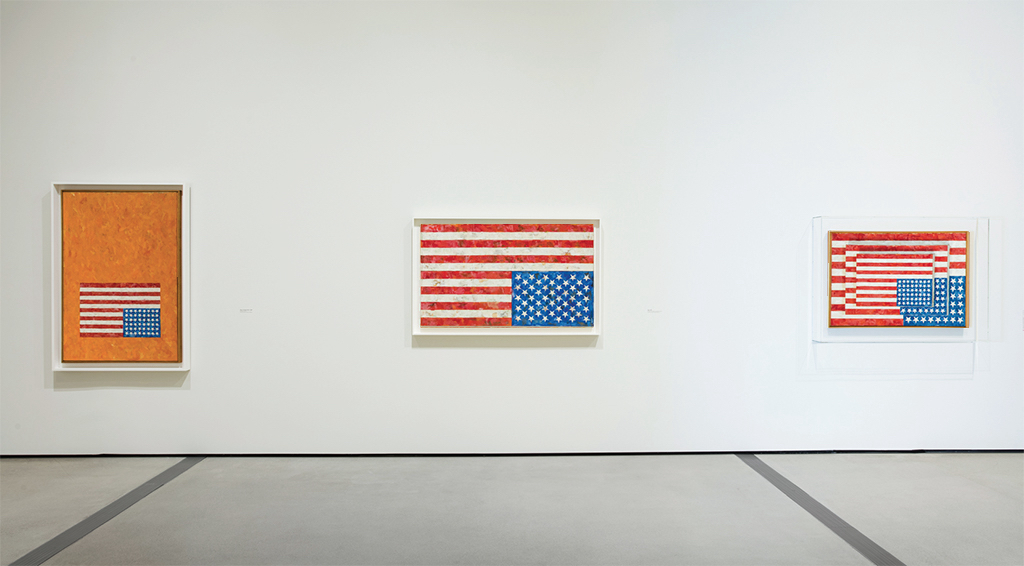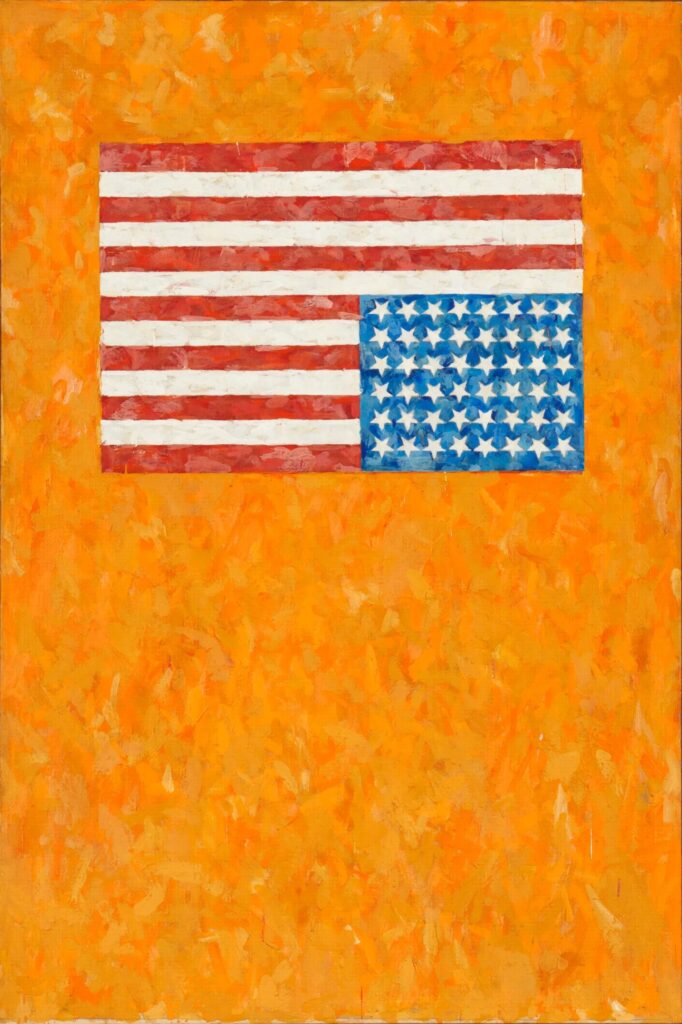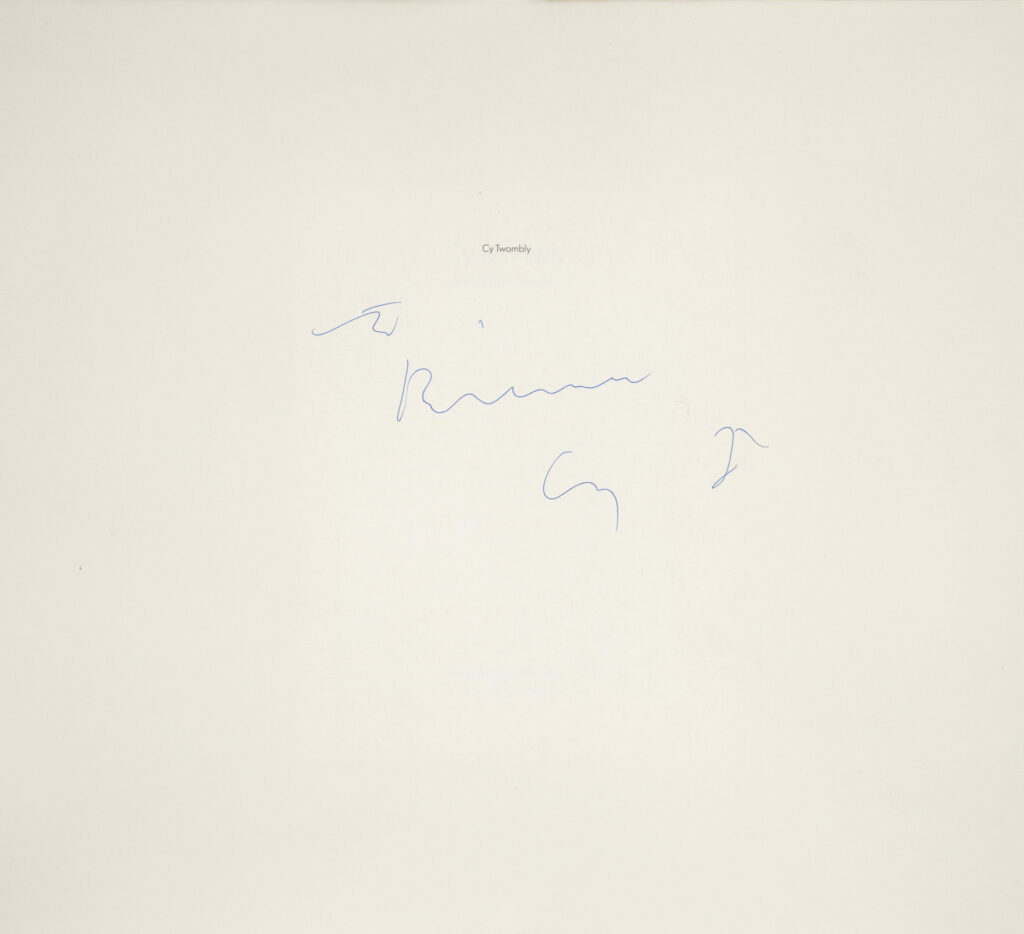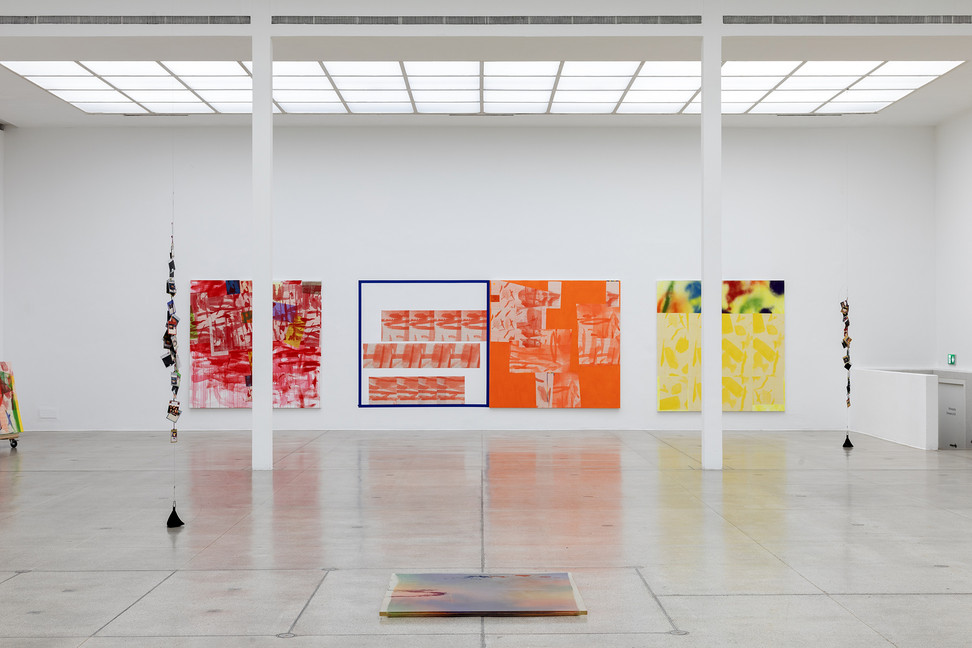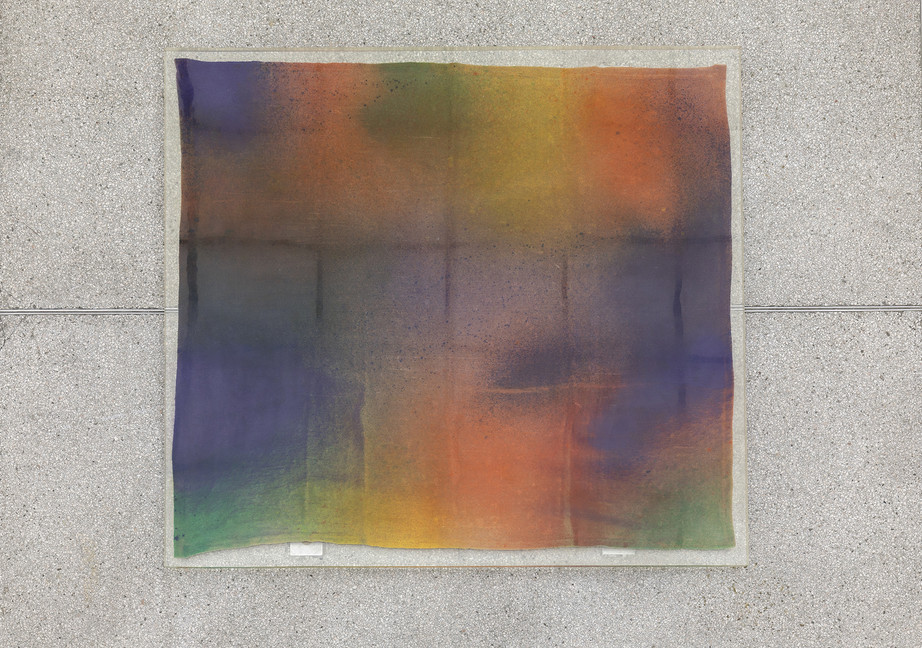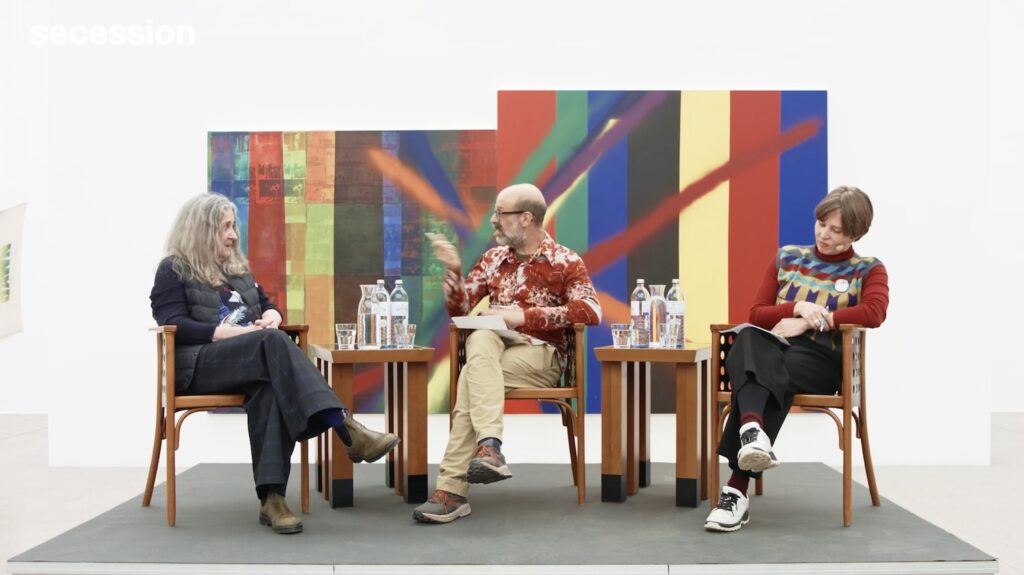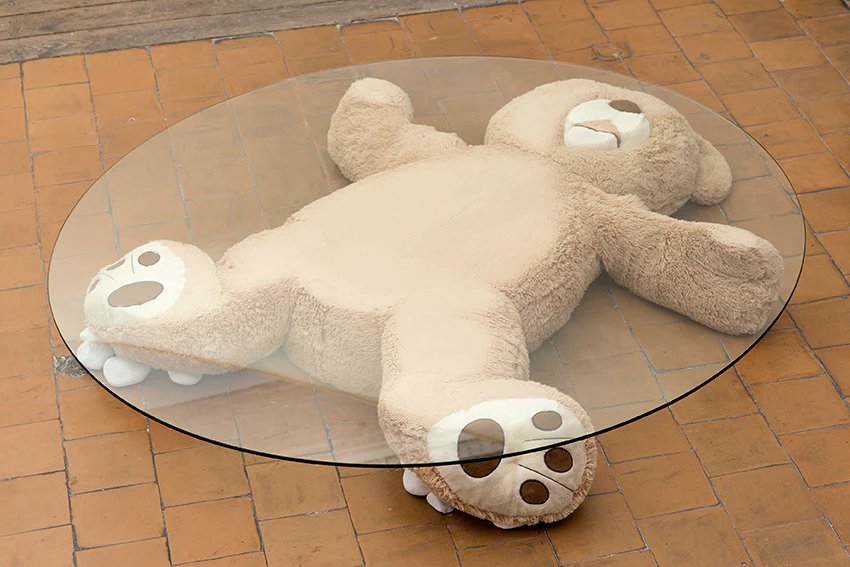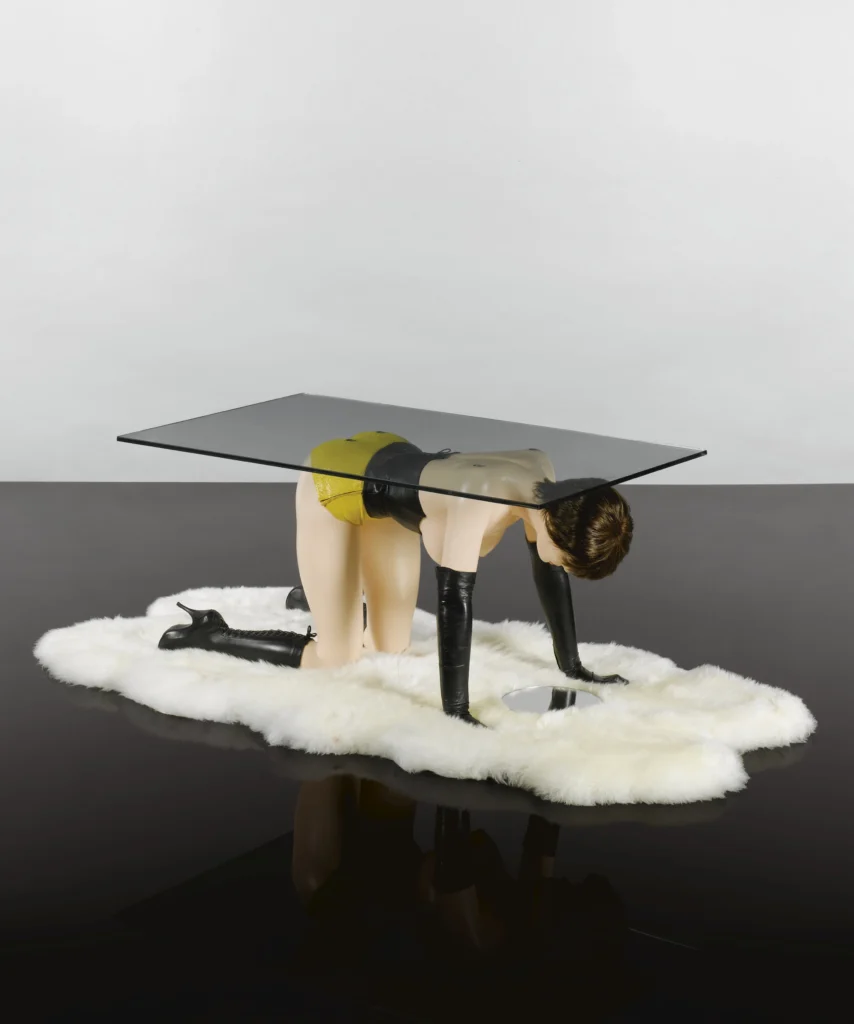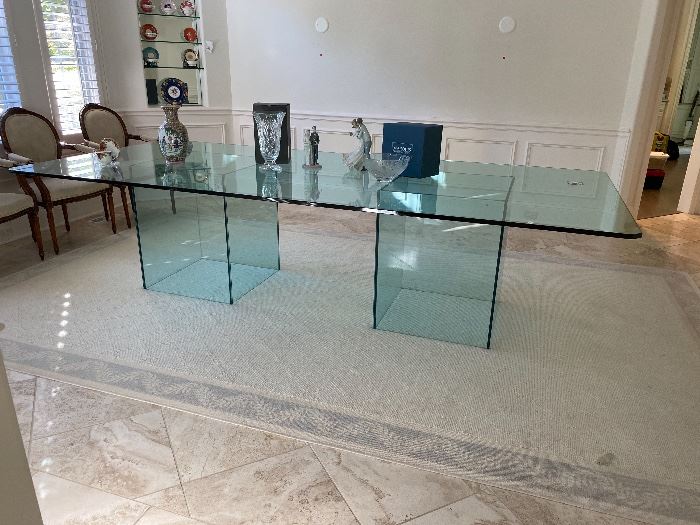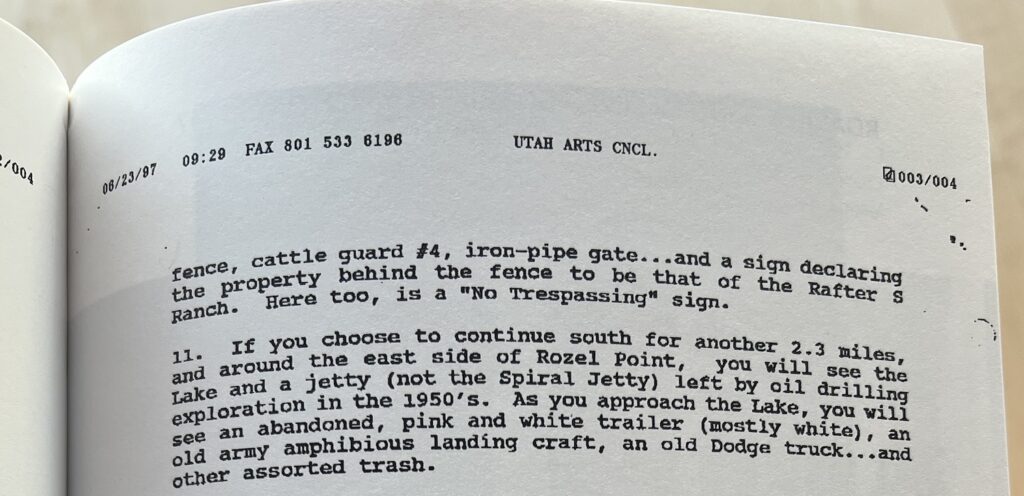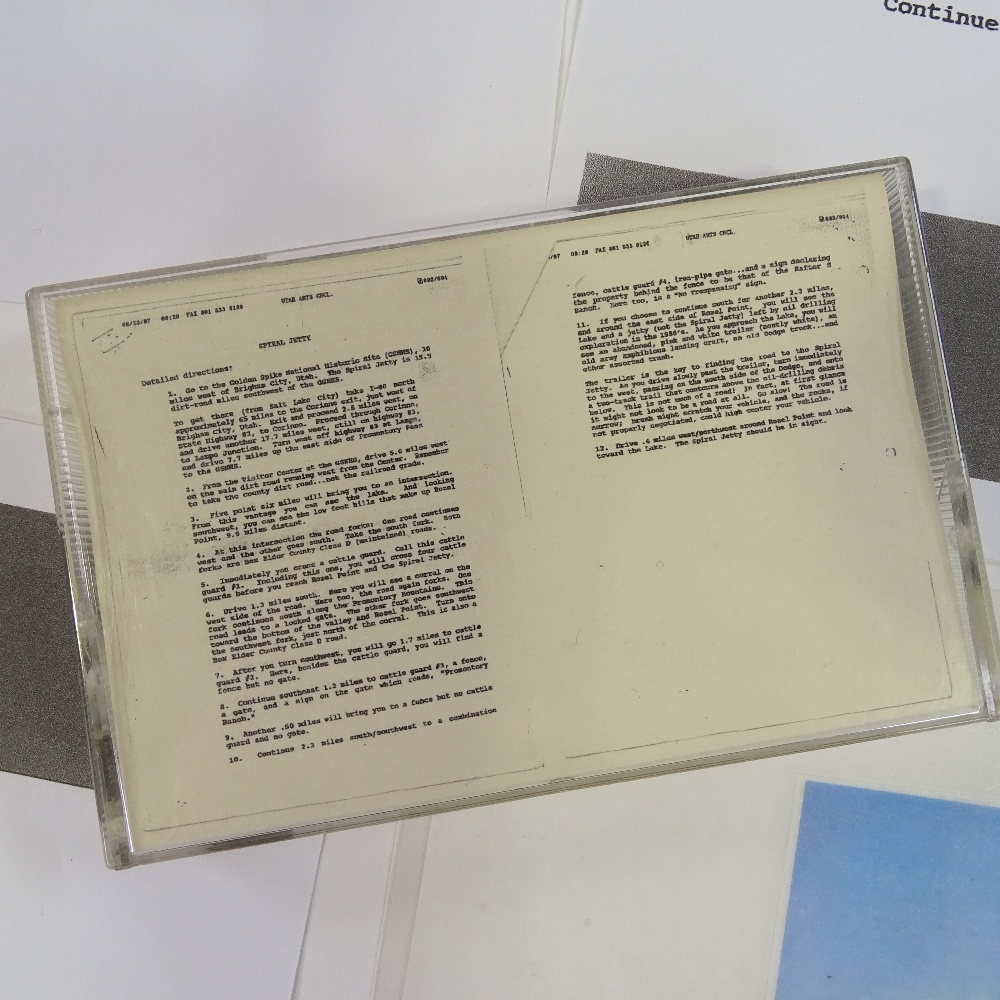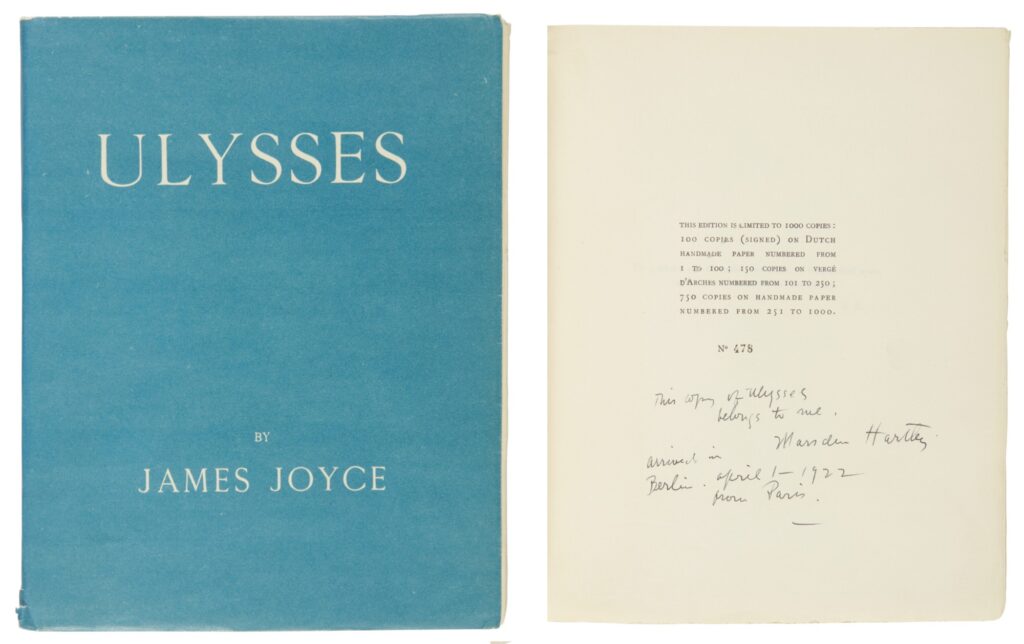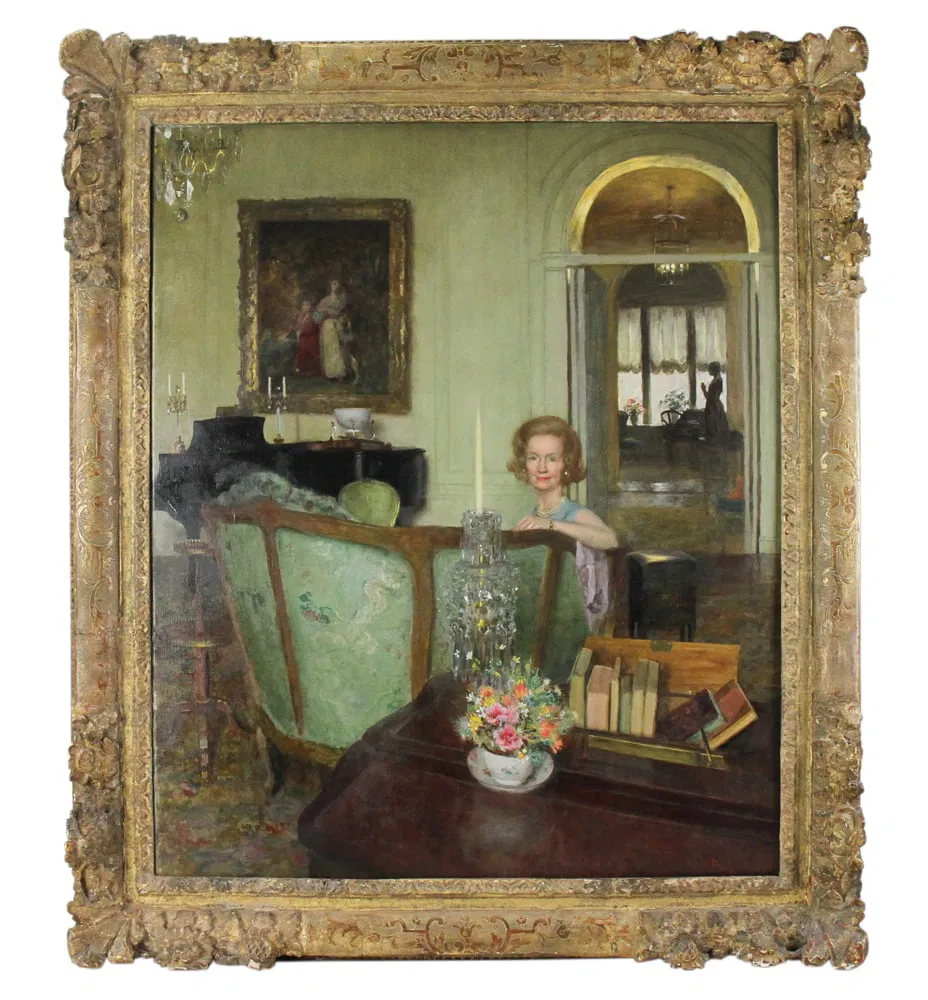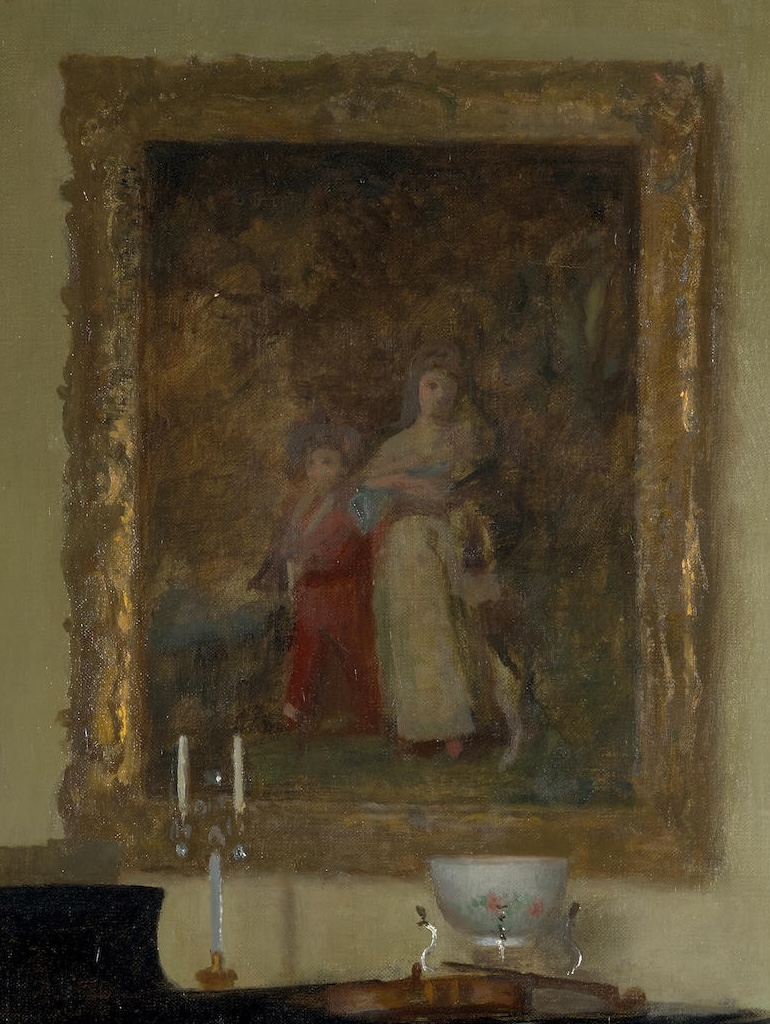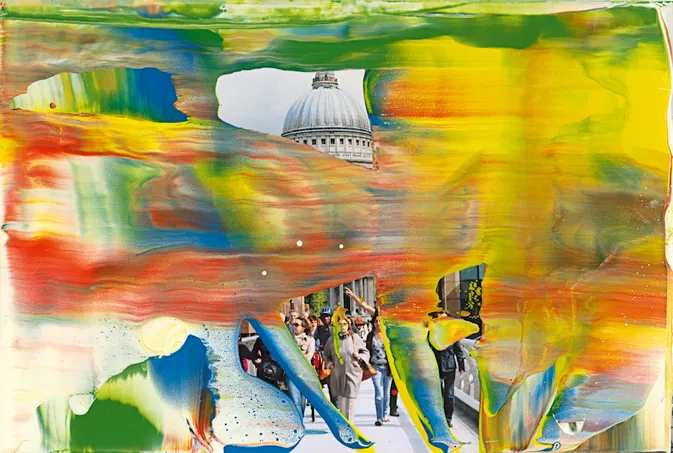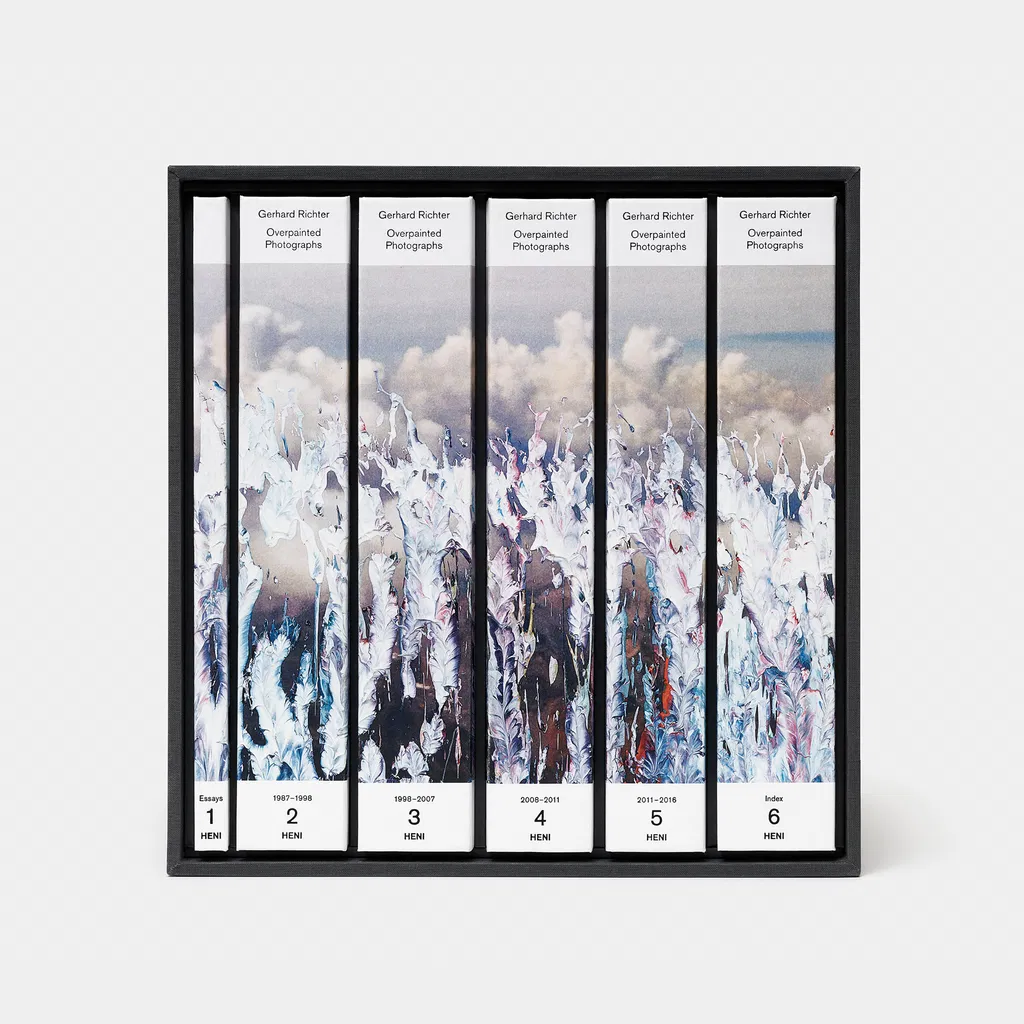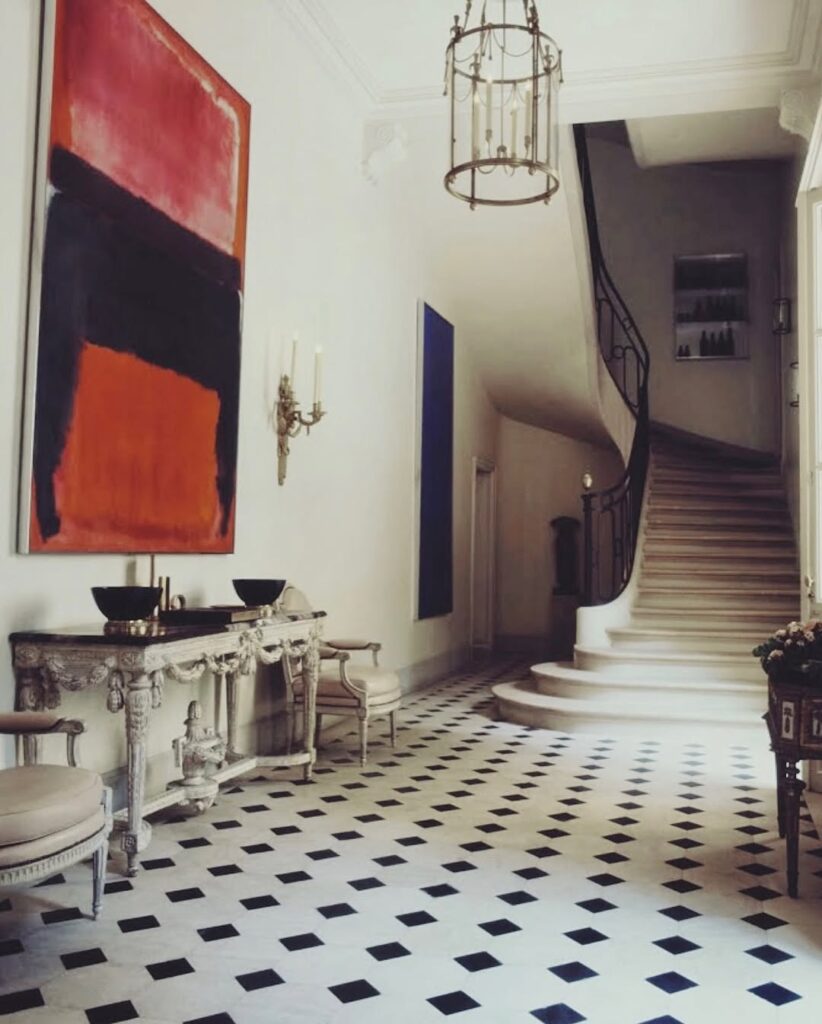
Speaking of hanging paintings upside down, a few days ago Claudio Santambrogio shared a link to a Sotheby’s Magazine story by Lucas Oliver Mill about a Franz Kline that Cy Twombly’s brother-in-law had hung upside down. In it he mentioned Pierre & Sã0 Schlumberger “famously [hanging] their Rothko upside down in the entryway of their Paris home out of pure preference.”
Which sounds like new information from last July, when Mill posted Horst’s photos of the Schlumbergers’ hall on his Instagram @collectorwalls. Then it wasn’t famously, but “Curiously,” and it was unclear if the inversion was “by personal choice or perhaps by mistake.”
Well, when Horst shot their house for Vogue in 1974, the Schlumbergers were the life of the party in Paris; São was the biggest single customer of couture in the world; and in 2014, Sotheby’s liquidated their estate, including the Rothko. So no one in that crowd was going to say the Rothko hang was anything but a masterful decorating gambit, sir.
Continue reading “Dominique de Menil’s Cousin Hung Their Rothko Upside Down”
